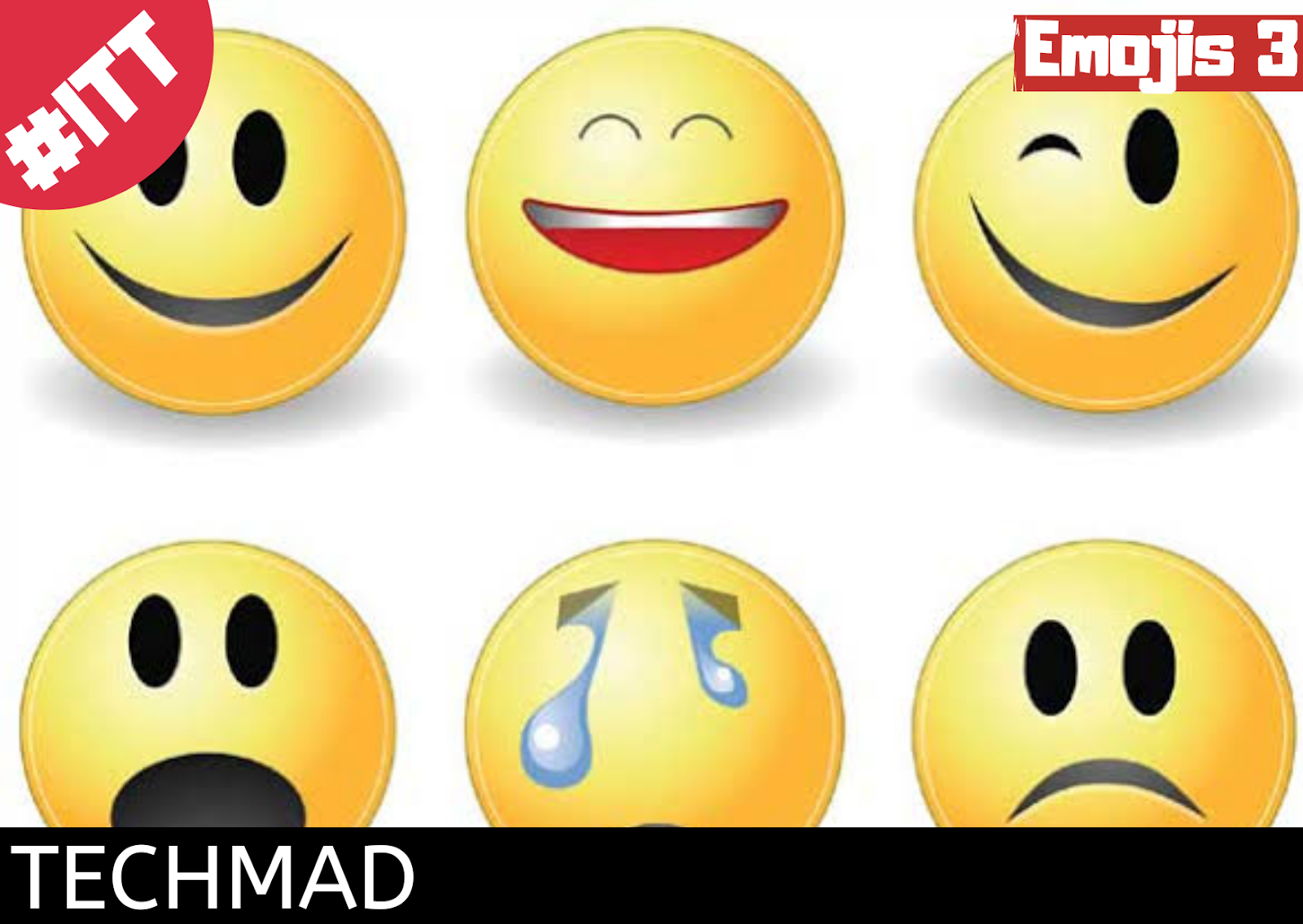There are over 3,000 universal emoji. Sounds like a lot, but if emoji is your own language, we're basically little kids when it comes to speaking it. For starters, most English speaking adults know about 42,000 words. Also, just like my two-year-old son calls freckles, wrinkles, and plumbing lemurs, we don't all mean the same thing when we write 💁 or ✋ - we're not experts yet. Emoji do have an impact, sometimes literally, so if you plan on using them make sure you know what you're doing. At Zapier, we know what we are doing.
A brief history of emoji
The word "emoji" literally translates to "picture character" in Japanese. In 1999, Japanese mobile provider NTT DoCoMo released the first set of these pictographs for cell phones. That was more than two decades ago, when the most modern cell phone available looked like this and was only capable of displaying or receiving standard characters, not the shaded or animated emoji we know today. But NTT DoCoMo's Shigetaka Kurita found a way to render images using a grid that was only 12 pixels wide by 12 pixels long, originally rendered in black and white.
NTT DoCoMo introduced emoji not only to allow users to break each other over text (note that the broken-hearted emoji is in that first set), but also to communicate with its customers. The sun emoji, for example, could display the weather forecast and set a company apart from its competition. These 176 emoji characters were an instant hit and were soon copied by other mobile operators in Japan.
Why emojis are Yellow in colour?
There is no specific reason behind this. It's just an arbitrary choice made by Google, Apple, and others.
But I think that yellow was chosen by default to avoid any kind of discrimination based on the complexion and moreover, it is easy to see the details of the face on a yellow background.
The yellow color reflects the mood of a person. The yellow color is a symbol of happiness, fame, and knowledge. The main reason behind this is that you can see more detail on the yellow background than any other background color.
An article by Munna Suprathik
A brief history of emoji
The word "emoji" literally translates to "picture character" in Japanese. In 1999, Japanese mobile provider NTT DoCoMo released the first set of these pictographs for cell phones. That was more than two decades ago, when the most modern cell phone available looked like this and was only capable of displaying or receiving standard characters, not the shaded or animated emoji we know today. But NTT DoCoMo's Shigetaka Kurita found a way to render images using a grid that was only 12 pixels wide by 12 pixels long, originally rendered in black and white.
NTT DoCoMo introduced emoji not only to allow users to break each other over text (note that the broken-hearted emoji is in that first set), but also to communicate with its customers. The sun emoji, for example, could display the weather forecast and set a company apart from its competition. These 176 emoji characters were an instant hit and were soon copied by other mobile operators in Japan.
However, it took emoji more than a decade to start taking the rest of the world by surprise. By the end of 2010, hundreds of emoji had been incorporated into Unicode, a universal standard for characters, and Apple put an emoji keyboard in iOS 5 for the iPhone in 2011. Google did the same with its Android system, and the rest, like they say, it's 🦖. Or something.
Why emojis are Yellow in colour?
There is no specific reason behind this. It's just an arbitrary choice made by Google, Apple, and others.
But I think that yellow was chosen by default to avoid any kind of discrimination based on the complexion and moreover, it is easy to see the details of the face on a yellow background.
The yellow color reflects the mood of a person. The yellow color is a symbol of happiness, fame, and knowledge. The main reason behind this is that you can see more detail on the yellow background than any other background color.
An article by Munna Suprathik
Tap bell icon for more updates from our website










0 Comments
Post a Comment
Hi guys feel free to ask any questions 0r suggestions